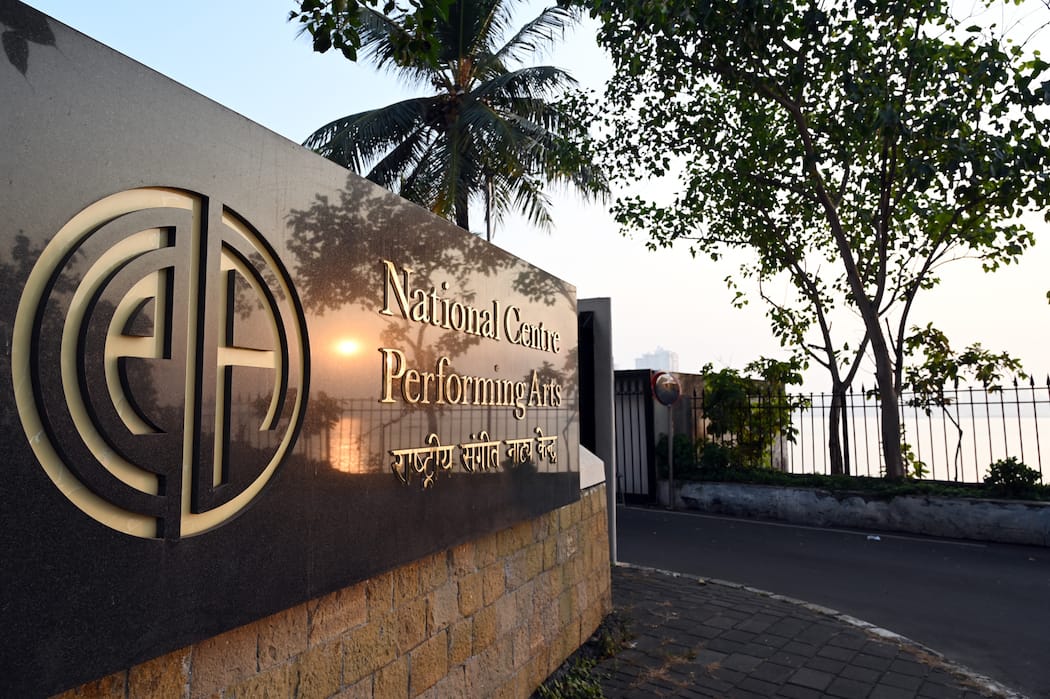Culture for Posterity

Through the coming together of art and technology under expert guidance, the NCPA is preparing to take India’s cultural heritage beyond its theatres. Chairman Khushroo N. Suntook on adapting to extraordinary times.
Since the lockdown in mid-March, the NCPA has been engaged in utilising the time to first reschedule its planned seasons this year, hoping that we may be able to resume within a few months. But it was not to be. It was time to take stock, examine our status, and prepare for a different analytical evaluation of the way forward. Since chances of performances to even reduced audiences seemed increasingly remote, we turned to the rich repository of historical and current recordings in our archives.
These were recorded for only archival and promotional purposes, and the challenge lay in identifying potentially promising material for editing, enhancing, and making it attractive for viewers with a ‘prelude’ and a professionally polished conclusion when it is put up for public consumption.
This was a mission where professionals in the field were required. Mr. Sankalp Meshram, a four-time National Award winner in the field of directing and editing with an essential love of the performing arts, agreed to come on board with a mission to do what was needed. A cell is now in the process of being set up to achieve this goal. The cell will breathe new life into material which has the potential to remind the present generation of the glorious art of old masters, dancers, singers, instrumentalists and all that is worth our remembrance.
Fine writer and critic, Richard Osborne, wrote about the coinciding of Beethoven’s death centenary and the arrival of electronic microphone-made recording in the Gramophone,
“There are moments in history when art and technology come together in a way that borders on the providential.”
Perhaps one such moment has, yet again, arrived.
In the meanwhile, plans were brewing to ensure that the NCPA was not being gradually scrubbed from awareness.
Our dedicated musicians in residence and our students, who were giving and taking lessons via iPhones, tablets, etc., have prepared themselves for concerts when they resume.
There is not a shadow of doubt that the music and dance performances at the NCPA are of a sufficiently high standard to be henceforth selectively preserved for public dissemination. All of us at home are grateful for the offerings by so many great musicians, theatres, actors, and venerable houses, whose very names have an awesome aura of quality.

The upheaval caused by the COVID-19 pandemic has rocked almost every human endeavour and left deep scars on essential and august institutions. Some, centuries old. Heartbreaking tales of the plight of fine artists, actors, musicians keep surfacing, and unless a concerted effort is made, we may lose a great deal of our civilised heritage.
Enlightened governments, businesses, patrons and all those with an understanding of what might be lost, should come forward and offer their mite, however modest.
History is replete with the sad neglect of its illustrious citizens, its grand monuments, its historical institutions, and its custodians of culture. It was Dr Jamshed Bhabha’s vision of setting up a fine institution in India which could be a custodian of her culture that led to formation of the NCPA. JRD Tata, in lending his steadfast support to Dr Bhabha, had said,
“While we want to build a prosperous society, we do not want it to be merely a materialistic, consumer society. Apart from the fact that a nation like ours, with its ancient civilisation, cannot afford to neglect the cultural heritage handed down to it over the centuries.”
Fifty years later, the words continue to ring true, and in this coming together of art and technology during extraordinary times, the NCPA is on its mettle to take India’s cultural heritage and international art forms to audiences much beyond its theatres.
This piece was originally published by the National Centre for the Performing Arts, Mumbai, in the August 2020 issue of ON Stage – their monthly arts magazine.





